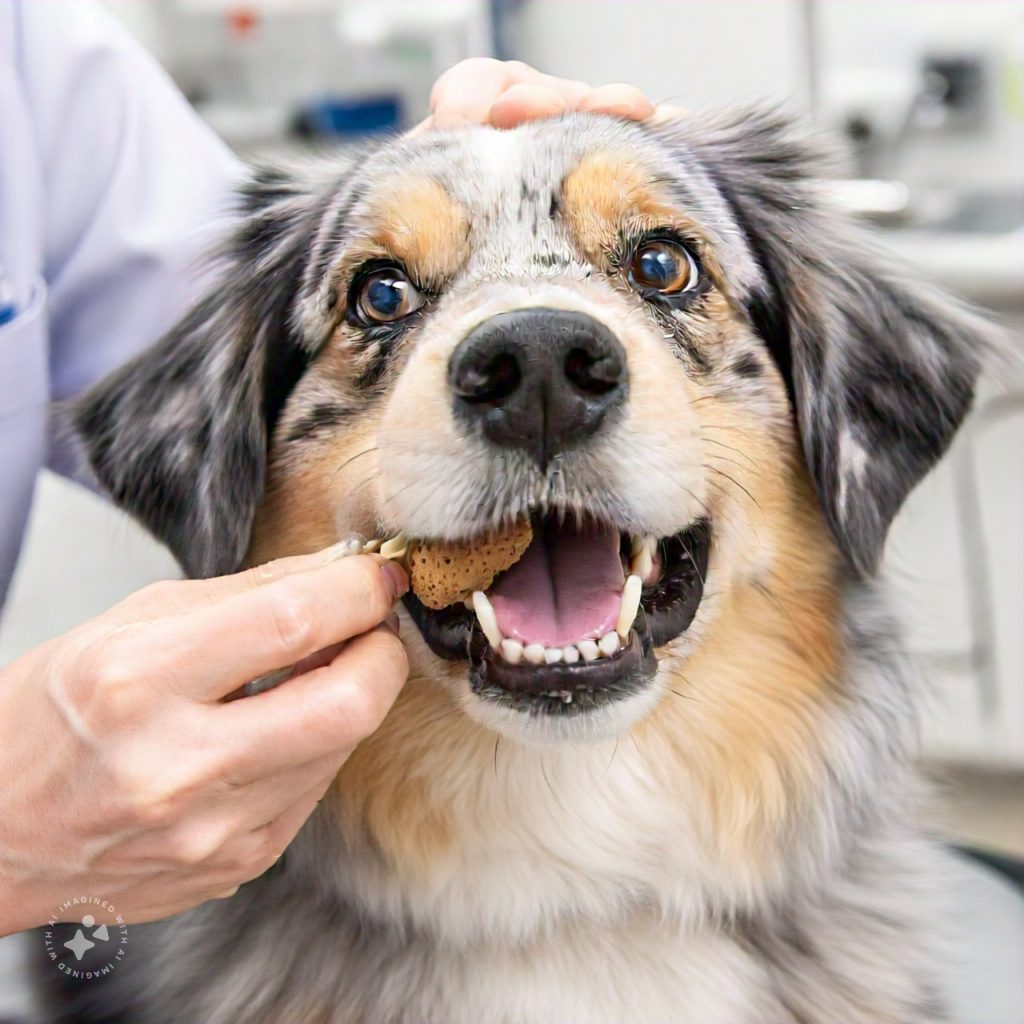A healthy mouth is a cornerstone of your dog’s overall well-being. Just like humans, dogs can suffer from oral health issues that, if left untreated, can lead to pain, tooth loss, and even more severe health complications like infections that spread to other organs. Recognizing the signs that your dog needs dental care and understanding how to prevent these issues can save you from costly treatments and ensure your furry friend lives a healthier, happier life.
In this article, we’ll delve into the key signs of dental problems in dogs and provide actionable tips to prevent oral health issues before they arise.
Why Is Dog Dental Health Important?
Periodontal disease is one of the most common conditions affecting dogs, with studies showing that over 80% of dogs experience some form of dental disease by the age of three. Beyond bad breath, untreated dental problems can lead to:
- Gum inflammation (gingivitis)
- Tooth decay
- Jawbone damage
- Bacterial infections that can spread to the heart, liver, or kidneys
Understanding the early warning signs can help you take action before these issues escalate.
Key Signs Your Dog Needs Dental Care
1. Bad Breath (Halitosis)
While a slight odor is normal, persistent bad breath is often a sign of bacterial buildup in your dog’s mouth. This could indicate plaque, tartar, or gum disease.
Action: Schedule a vet visit for a dental checkup to identify the root cause.
2. Visible Plaque or Tartar
Yellow or brown deposits on your dog’s teeth, especially near the gum line, are signs of plaque and tartar buildup. If left untreated, this can lead to periodontal disease.
Action: Use a dog-safe toothpaste and toothbrush regularly to prevent accumulation.
3. Red, Swollen, or Bleeding Gums
Healthy gums should be pink and firm. Redness, swelling, or bleeding gums are signs of inflammation or infection, often associated with gingivitis or advanced gum disease.
Action: Consult your vet for a professional cleaning and appropriate treatment.
4. Difficulty Eating or Chewing
If your dog is avoiding hard foods, chewing on one side of their mouth, or dropping food while eating, it may indicate oral pain caused by dental issues.
Action: Inspect your dog’s mouth and seek veterinary care for a thorough examination.
5. Loose or Missing Teeth
Adult dogs should not lose teeth. If you notice loose or missing teeth, it’s a sign of advanced dental disease or injury.
Action: Immediate veterinary intervention is necessary to address potential infections or bone loss.
6. Pawing at the Mouth or Drooling Excessively
Dogs in pain may paw at their mouths or drool excessively. This behavior often signals oral discomfort, such as an abscess or a broken tooth.
Action: Schedule a dental evaluation with your vet to determine the cause.
7. Swelling Around the Mouth or Face
Facial swelling may indicate a serious dental infection or abscess that requires prompt treatment.
Action: Contact your vet immediately to prevent further complications.
How to Prevent Oral Health Issues in Dogs
Prevention is always better than cure, especially when it comes to your dog’s dental health. Here are practical steps to maintain your dog’s oral hygiene:
1. Brush Your Dog’s Teeth Regularly
Brushing your dog’s teeth is the gold standard for preventing plaque and tartar buildup. Use a dog-specific toothbrush and toothpaste to clean their teeth 2–3 times a week.
Pro Tip: Start with short brushing sessions to help your dog adjust to the process.
2. Incorporate Dental Chews and Toys
Dental chews and toys are designed to mechanically remove plaque while satisfying your dog’s natural chewing instincts. Look for products approved by the Veterinary Oral Health Council (VOHC).
Examples:
- Greenies Dental Chews
- Kong Dental Toys
3. Use Water Additives
Dental water additives are a hassle-free way to combat plaque and freshen your dog’s breath. Simply add them to your dog’s water bowl as directed.
Recommendation: Choose a vet-recommended additive with proven effectiveness.
4. Provide a Balanced Diet
Certain diets are formulated to promote dental health. Dry kibble can help reduce plaque compared to soft, wet food. You can also look for dental-specific dog food recommended by veterinarians.
5. Schedule Regular Vet Checkups
Routine veterinary checkups are essential for maintaining your dog’s oral health. Your vet can perform professional cleanings and identify issues early.
Frequency: Annual dental exams are recommended, but more frequent visits may be necessary for breeds prone to dental problems.
6. Monitor Your Dog’s Oral Health
Take time to inspect your dog’s teeth and gums regularly. Early detection of issues like discoloration, swelling, or abnormal growths can prevent serious complications.
Common Dental Myths Debunked
- “Dogs don’t need dental care because they chew bones.”
While chewing can help reduce plaque, it doesn’t replace regular brushing or professional cleanings. - “Bad breath is normal for dogs.”
Persistent bad breath is often a sign of dental disease and should not be ignored.
Conclusion
Your dog’s dental health is vital for their overall well-being. By understanding the signs of dental problems and taking preventive measures like regular brushing, offering dental chews, and scheduling vet visits, you can help your furry companion avoid pain and live a healthier life.
Start today! Check your dog’s teeth, try incorporating dental care products, and consult your vet for guidance. A healthy smile leads to a happy tail wag!

